Loading...
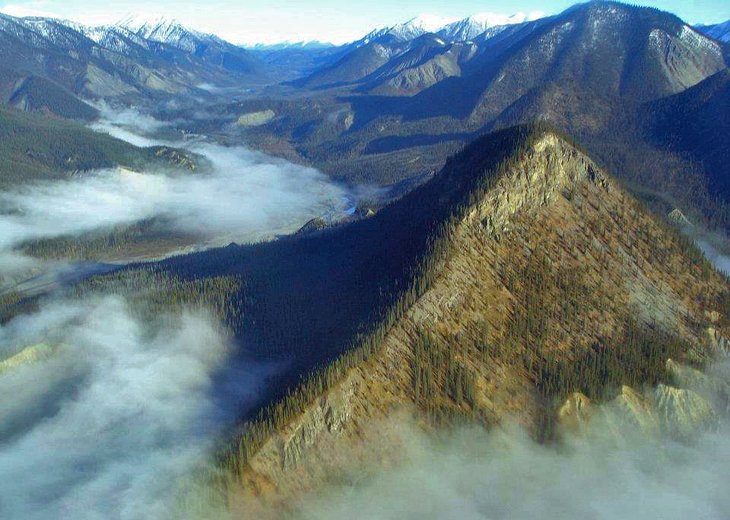
The remote Nahanni National Park Reserve is one of the treasures of northern Canada and one of the best places to visit in the Northwest Territories for outdoor adventurers. Here, the raging Nahanni River flows through the stunning canyon scenery of the Mackenzie Mountains, challenging experienced canoeists and rafters. The South Nahanni River also tumbles over the 90-meter precipice of spectacular Virginia Falls, creating one of the most impressive waterfalls in Canada.
The Rabbitkettle Hot Springs, which give life to a rich landscape of rare plants, are another sightseeing attraction in this immense national park. As tempting as it would be to take a dip in the hot springs, the fragile nature of this beautiful natural attraction means tourists can only visit as part of a guided tour.
Accommodation: Where to Stay in the Northwest Territories
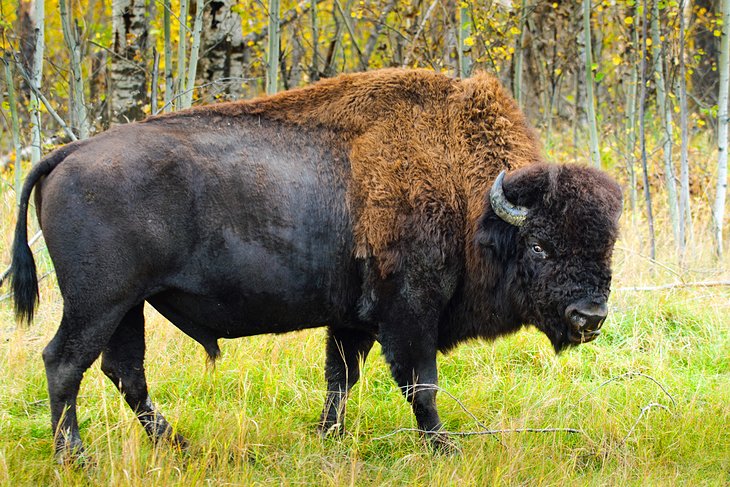
Wood Buffalo National Park is the biggest national park in Canada, and the second largest on the planet. This UNESCO World Heritage Site encompasses vast tracts of land in both Alberta and the Northwest Territories.
While the park was originally intended to protect the herds of wood buffalo that inhabit the area, it has also served as a safe haven for other important species, such as the extremely rare whooping cranes that nest in the delta region. Once a fur-trading post, Fort Smith is now the launching point for exploring the park, and bison are often spotted from the highway near town.
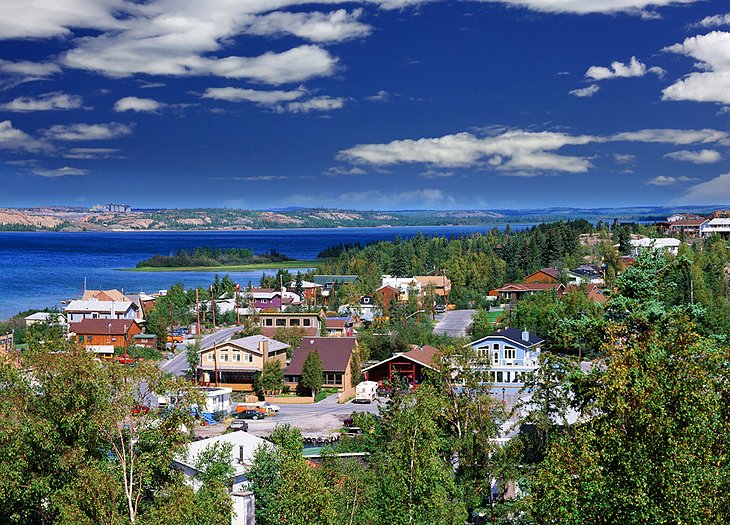
Yellowknife, capital of the Northwest Territories, grew up around a 1930s gold rush. While all of the miners tents of Old Town have long since been replaced, there is now a mix of wooden heritage buildings, arts and cultural institutions like the Prince of Wales Northern Heritage Centre, and a bustling community life fueled by the mining industry.
Popular things to do are the boat tours and houseboating on Great Slave Lake. Other activities and attractions are the impressive falls at Hidden Lake Territorial Park, visiting galleries featuring local artists, and seeing the Bush Pilots Monument.
If you find yourself here in the winter, the stunning Aurora Borealis viewing that can be enjoyed here is second to none. The Snow King Festival and its huge snow castle is also something not to be missed. Don't be afraid to join in the fun, as the town lets loose in March.
Accommodation: Where to Stay in Yellowknife
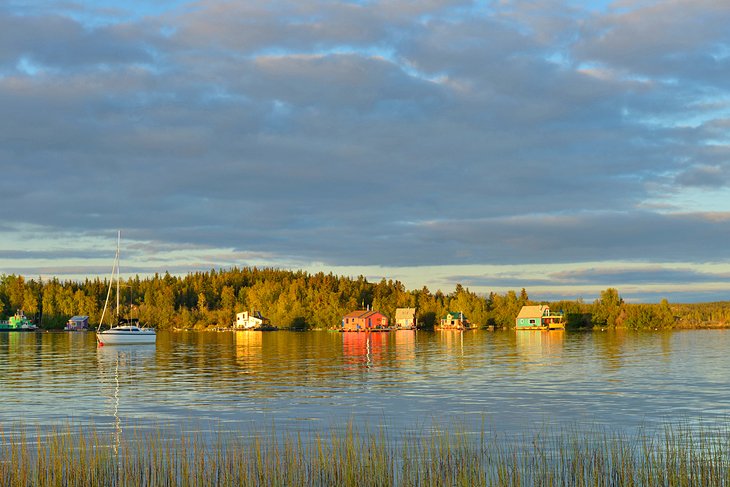
Great Slave Lake is North America's fifth largest lake and reaches depths of more than 600 meters in places. Though it's frozen for eight months of the year, it sees plenty of action. In summer, house boaters and sailors enjoy the freshwater. In fact, the lake is home to the Commissioner's Cup, the world's longest freshwater sailing race.
If you love to fish, don't miss the opportunity to head out onto the water and test your skills against one of the legendary giant trout, (some up to 40 pounds) lurking deep below. Bring your own boat and take your chances or take a charter and ensure success.
Come winter, dog sledders race on the frozen surface. Many of the major communities in the Northwest Territories front the lake, including Yellowknife, Fort Providence, and Hay River.
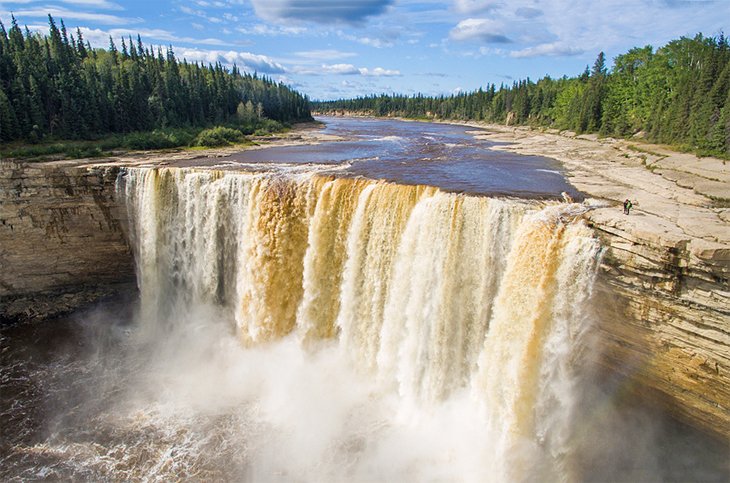
On the southern bank of Great Slave Lake, Hay River is the southernmost port on the Mackenzie River System. Here, freight (mainly building materials and fuel) destined for settlements along the Mackenzie River and in the Arctic is transferred to barges. During the four- to five-month summer season, the port is chock-a-block with barges, fishing boats, and coast guard launches.
Long a home to First Nations people, Hay River became the first Hudson's Bay Company trading post in the area in 1868. The little wooden houses of the old town lie at the mouth of the Hay River. This is also where the fishermen live, often returning home with rich catches from Great Slave Lake, or the Hay and Mackenzie rivers.
In the newer area of town, Diamond Jenness School is an outstanding example of northern architecture. Named after an anthropologist who, around 1910, was the first to study northern native culture, the school boasts a purple color that makes it the landmark of Hay River. Southwest of town, Twin Falls Gorge Territorial Park features Hay River canyon and the Alexandra and Louise Falls, with trails and a viewing area.
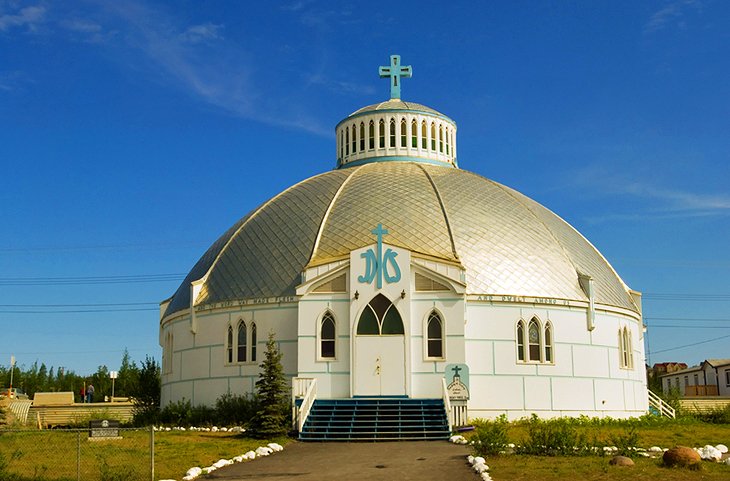
"Place of Man" is the Inuit meaning of Inuvik, a modern settlement in the Arctic Circle and on the Mackenzie River. Built between 1955 and 1961 during the exploration for oil and gas, it replaced Aklavik, which was prone to flooding.
Today, Inuvik is the trading, administrative, and supply center for the western Arctic. It has an airfield, several schools, and a hospital. From here, the many supply planes set off for the exploration bases in the far north to destinations such as the Mackenzie delta and Beaufort Sea. Sightseeing flights over the Arctic also take off from here.
Our Lady of Victory Roman Catholic Church, with its distinctive igloo shape, has become a landmark building of Inuvik. It contains a tabernacle (also igloo-shaped) and a remarkable "Way of the Cross" by Inuit artist Mona Thrasher. Aklavik, Inuit for "home of the polar bears" is west of Inuvik. The Hudson's Bay Company founded it in 1912 in the middle of the Mackenzie delta, an area prone to flooding. It is only accessible by a winter ice road.
Tuktut Nogait National Park, to the east of Inuvik was established in 1996, boasting some truly overwhelming arctic rock scenery with spectacular canyons and cliffs. Finds made at literally dozens of archaeological sites within the conservation area show that this now-inhospitable region was inhabited thousands of years ago. Access to the park is by air only, but well worth it if you can make it happen.
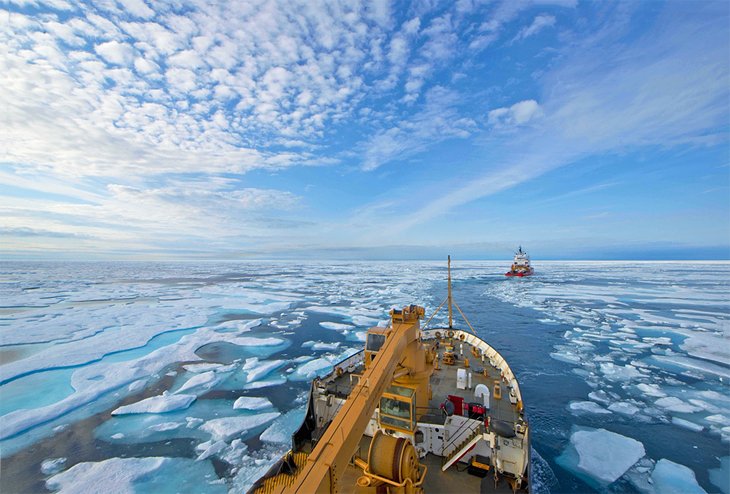
The Northwest Passage provides waterway access from the Atlantic Ocean through the Arctic to the Pacific Ocean. The search for the Northwest Passage began in the 16th century by Dutch and English navigators who hoped to find a favorable sea route for trade with the Far East and thus circumvent the Portuguese monopoly on trade round the Horn of Africa.
Martin Frobisher made the first attempt in 1576. He assumed that since saltwater never froze, this could not be the legendary sea of ice but just a frozen lake. In 1585-87 John Davis penetrated through the strait (later to bear his name) as far as Baffin Bay. Henry Hudson was looking for the Northwest Passage when he discovered Hudson Bay in 1609/1610. In 1616, William Baffin got as far as Lancaster Sound, but since he concluded that the Northwest Passage simply did not exist, there was no more exploration for another 200 years.
It was 1818 before John Ross resumed the search at the head of an English expedition, although the motive this time was scientific rather than commercial. In 1829, he discovered the magnetic north pole on the Boothia-Felix Peninsula.
The doomed expedition of John Franklin followed in 1845. After last being seen in July of that year in the Lancaster Sound, the members of the expedition were finally found dead on King Williams Island. They had succeeded in exploring much of the Arctic coast of North America.
McClure was the first, in 1850 to 1853, to be able to trace the passage on foot, coming over the iced up straits from the west. But the first person to finally manage to navigate the Northwest Passage from east to west was actually Roald Amundsen, the Norwegian polar explorer in 1900-03.
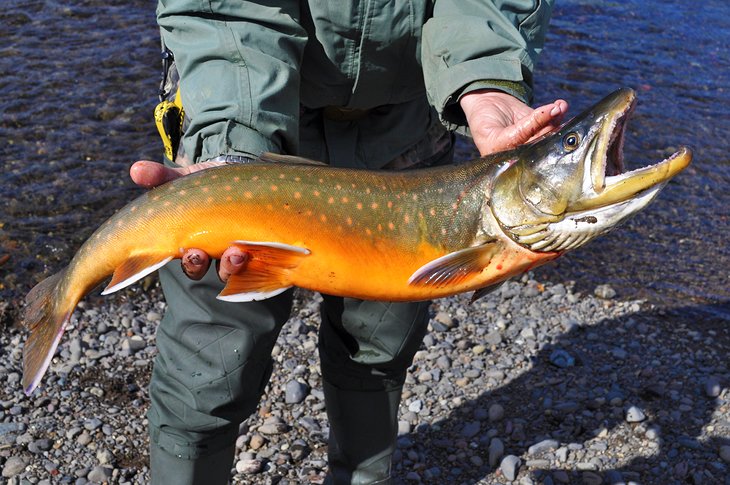
The eighth largest lake in the world, Great Bear Lake is 240 kilometers long and 400 kilometers across. It is covered with ice for eight months of the year, often as late as July. Its Great Bear River flows into the Mackenzie River. The shores of Great Bear Lake are rich in wildlife, with martens being particularly numerous. Grizzly bears roam the shores in summer, and the pinewoods are the haunt of elk in winter.
Great Bear Lake has achieved more angling records than any other lake in North America. It is especially famous for its trout, and some of the world's biggest (weighing up to 65 pounds) have been caught here, as well as top-weight grayling and whitefish. Arctic char can be found in the nearby Tree River. For a fishing tour of Great Bear Lake, hire a guide in Fort Franklin, now known as Deline.
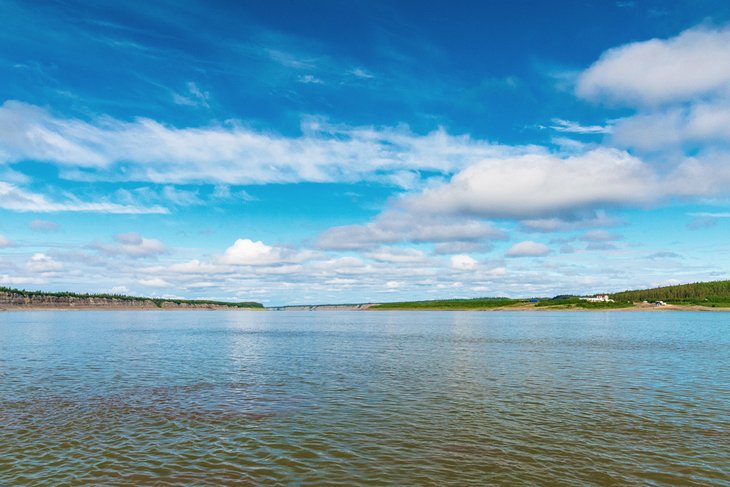
With a length of 4,250 kilometers, the Mackenzie River is the second longest river in North America, and its catchment area covers a fifth of Canada. The river was already an important artery for the canoes of the fur trade in the 18th century, and is navigable today in summer by steamers as far upriver as Fort Smith.
The Mackenzie Highway was built shortly after the Second World War and is an all-weather road covering the 600 kilometers from Peace River in Alberta to Great Slave Lake and the territorial capital Yellowknife.
Fort Simpson is situated where the Liard runs into the Mackenzie River, west of Great Slave Lake. It is the oldest settlement on the Mackenzie River, founded by the North West Company in 1804 for the trans-shipment of skins and furs at this strategic junction. In the 19th century, trade came from the few trappers and fishermen who lived here from time to time, but in the first half of the 20th century the forests in the Mackenzie Valley attracted the attention of the paper industry.
This was followed by the discovery of oil at Norman Wells in the 1920s, pitchblende at Port Radium, and gold at Yellowknife in the 1930s, with mining becoming a thriving industry after the Second World War. It is possible to catch planes from Fort Simpson to Nahanni National Park Reserve.
The vegetation of this delta landscape is mostly low bushes and shrubs, juniper, lichens, and mosses, with magnificent displays of color from flowers and mosses during the brief but intensive summer (from June to late July this is the land of the midnight sun). To complete the picture, this very special environment also has a great variety of wildlife on water as well as on land.
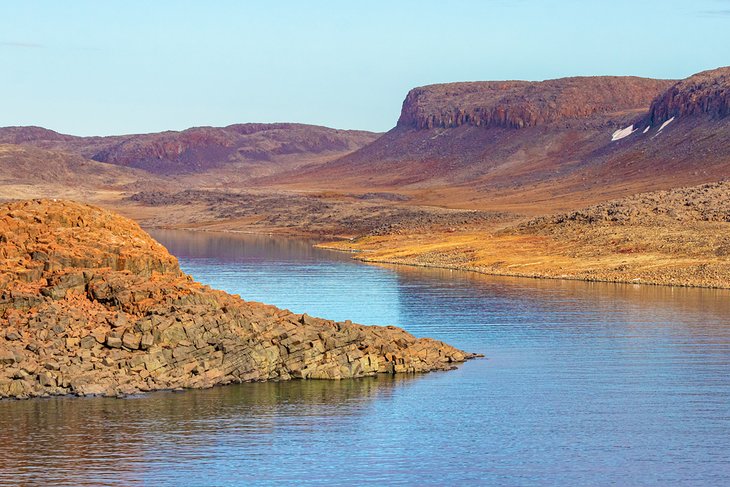
Situated directly off the northern coast of mainland Canada, Victoria Island is the third largest island in the Canadian Archipelago. It lies well north of the Arctic Circle, where Ice-Age glaciers flattened everything into a rather monotonous terrain of moraines, drumlins, and glacial lakes. The creation of the new Territory of Nunavut in 1999 divided the island administratively into two.
Canada's central Arctic region is administered and supplied from Iqaluktuutiak (Cambridge Bay) on the island's southeast coast. Sir John Franklin (1786-1847) "discovered" Victoria Island in 1826, and European seafarers searching for the Northwest Passage, missionaries, and fur traders were among the earliest to call in at this remote spot. Until the 1950s, the Copper Inuit used the area mainly as a summer camp; "Iqaluktuutiak," as it was called in Inuktitut, meaning "good place to fish."
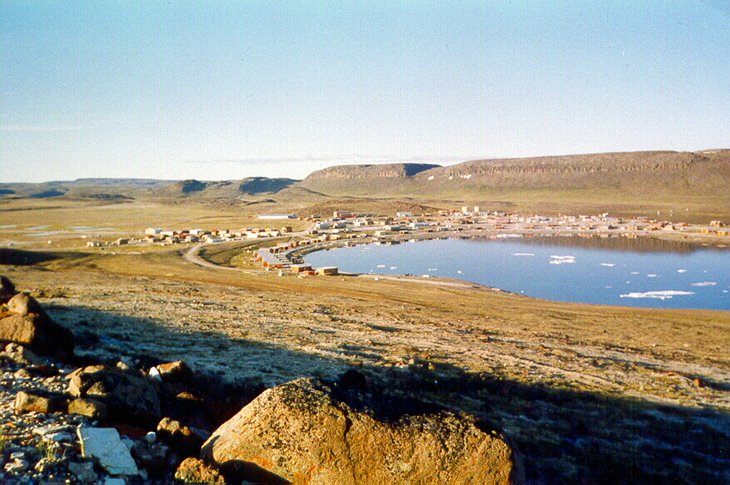
Iqaluktuutiak's main modern features are its stone-built Catholic church and modern wind-generation plant. The second place of any significance on Victoria Island is Ulukhaktok (formerly Holman) on the west coast. Located at the tip of the Diamond Jenness Peninsula, this small community is already quite well prepared for the burgeoning numbers of tourists attracted to the North. There is even a golf course with views of the Beaufort Sea.
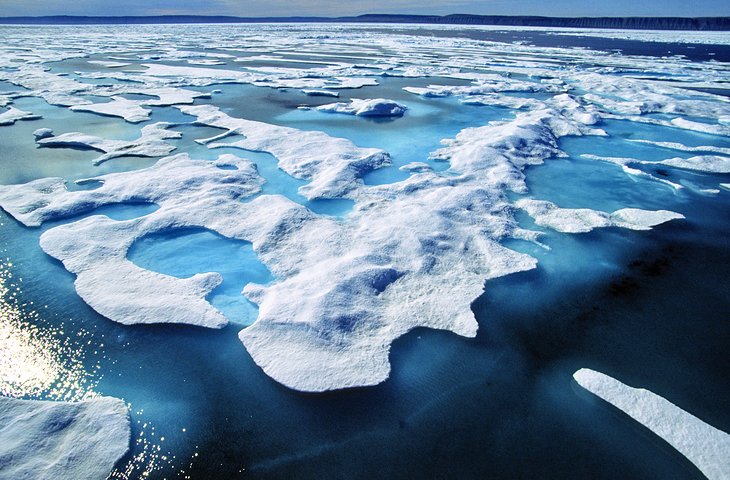
Banks Island possesses rich tundra vegetation and is home to many animals, especially the more than 65,000 musk-oxen (Ovibus moschatus), the largest population anywhere in the world. The southwestern part of Banks Island, equal to about one-third of the whole land mass, is a bird sanctuary.
Although it had been used for hunting for perhaps 3,500 years, it was not until 1929 that Banks Island had a permanent settlement, when three Inuit families put down roots in Ikaahuk (Sachs Harbor) on the northwestern tip of the island. Its "European" name derives from the Canadian Arctic expedition of 1913-15 led by Vilhjalmur Stefansson, whose ship was called Mary Sachs.
Situated in the north of Banks Island, Aulavik National Park is home to numerous musk-oxen. During the summer months, it is also home to a large proportion of Canada's snow geese. A completely intact tundra flora is still to be found here. This extremely remote park attracts adventurers looking to hike, backpack, or paddle the Thomsen River.
There are no services in Aulavik National Park, so visitors are expected to be experienced in the outdoors and self-sufficient. Visitors get to the park by chartering aircraft, usually from Inuvik.
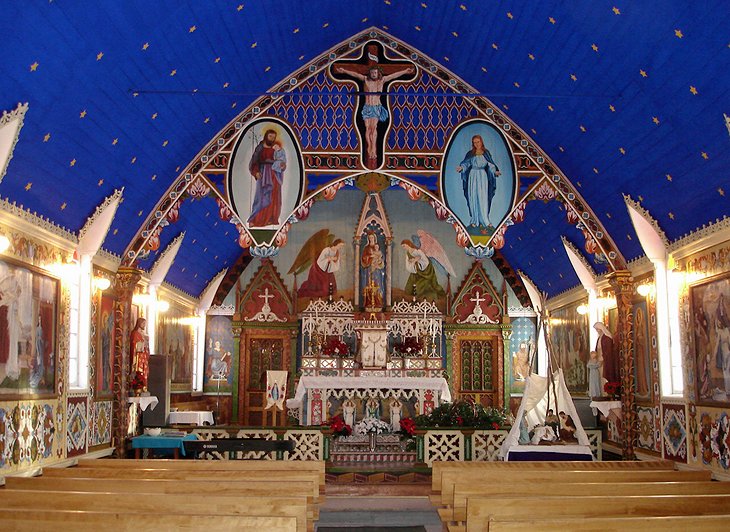
The Church of Our Lady of Good Hope in Fort Hope is a national historic site that was built in the mid 1880s. It is one of the oldest surviving buildings of this type with much of the spectacular interior decoration designed and carried out by Father Émile Petitot. The mission church was built in the Gothic Revival Style.
Around the left side of the church is a historical graveyard with interesting headstones, some dating from the turn of the century.
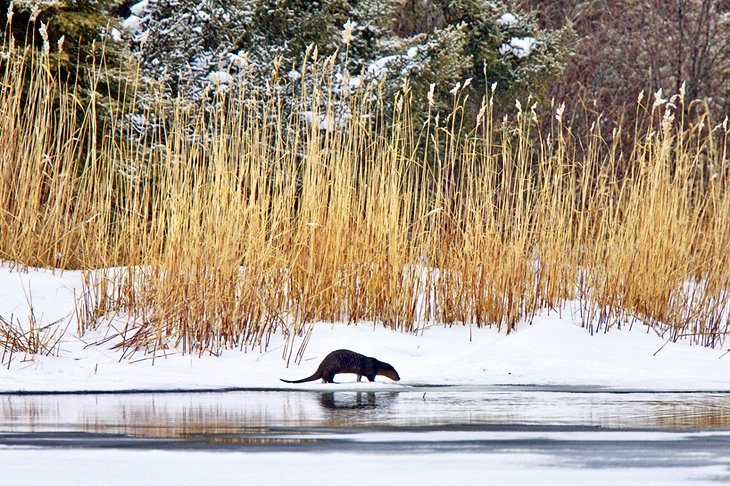
Prince Albert National Park is a gently undulating landscape of spruce bogs, large lakes, and aspen-dotted uplands. It's a hot spot for wildlife watching. The park's northern forests have Canada's second largest colony of white pelicans at Lavallée Lake, a roaming herd of Sturgeon River plains bison, plus moose, wolves, black bears, fox, lynx, caribou, and eagles. In the southern parklands, you'll find elk, deer, badgers, coyotes, and squirrels.
The park also has one of the best beaches in Saskatchewan: Waskesiu Main Beach. This 600-meter stretch of golden sand is located on the eastern end of Waskesiu Lake and is backed by green lawns and trees. Just across the street from the beach are restaurants and local shops that make grabbing an ice cream on a hot, sunny day an easy task.
If this beach isn't to your liking, nine others are sprinkled around the lake, many of which are quiet and deserted. It can get windy here, so take a look at the wind direction, and select your beach appropriately.
First Nations people have lived here for thousands of years, and there is archaeological evidence that in severe winters, tribes from the prairies moved north to these sheltered woodlands, intermingling with the people who lived here.
Grey Owl, a colorful and controversial naturalist of the 1930s, lived in this park for seven years in a small log cabin called "Beaver Lodge" on Ajawaan Lake. The author's popular books tell of his love for the wilderness, threatened by the advance of civilization. His cabin can be reached by boat or canoe across Kingsmere Lake, or by a 20-kilometer trail from the south end of the lake.
Official site: www.pc.gc.ca/pn-np/sk/princealbert/index.aspx
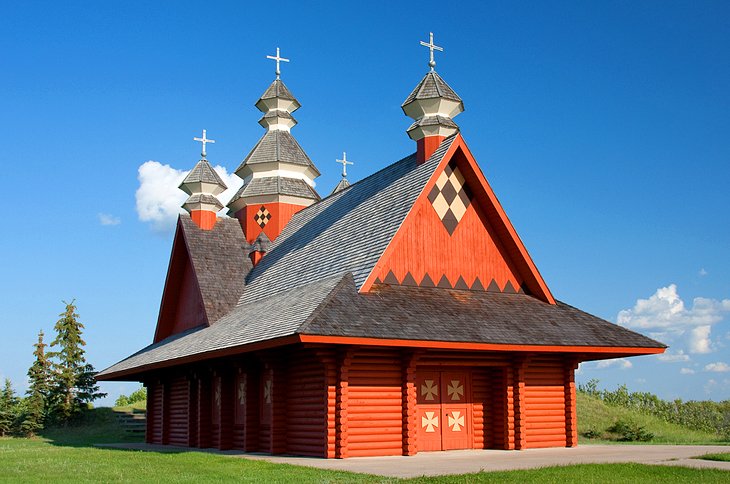
Sunny Saskatoon is a pleasant city in the South Saskatchewan River. Many tourist attractions explore the local heritage, from the first Prairies people at the Wanuskewin Heritage Park to European settlers and culture at the Ukrainian Museum of Canada. The largest of the province's four Western Development Museums is located in the city and features a vibrant reconstructed main street known as "Boomtown 1910."
Traveling with kids? Then be sure to include the Saskatoon Forestry Farm Park & Zoo on your Saskatoon itinerary, popular not just for its creature collection but also its beautiful grounds. Interested in art? Pay a visit to the new Remai Modern Museum, already famous for its collection of works by Picasso.
Accommodation: Where to Stay in Saskatoon
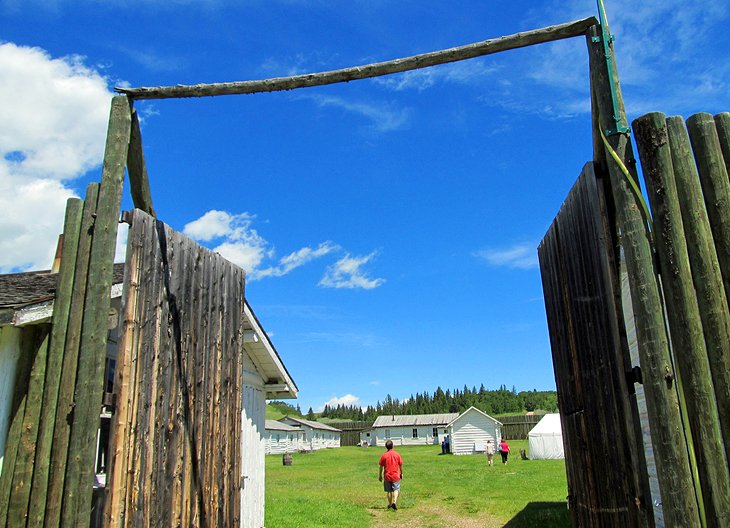
Fort Walsh National Historic Site was established in 1875 under the direction of James Walsh. It was intended to stop the illegal whisky trade and became one of the most important posts in the West. During its life, the fort negotiated with the whisky traders, the native peoples, and the thousands of Sioux warriors who sought refuge in Canada after clashes with the U.S. cavalry.
Following the building of the railway and the return of the Sioux people to the USA, the fort was dismantled and abandoned. In 1942, the Royal Canadian Mounted Police acquired the land and built a ranch on which to breed horses. When the RCMP transferred to Ontario, the estate became a national historic site with a comprehensive reconstruction program. In addition to enjoying costumed re-enactments, fun things to do at Fort Walsh include hiking and biking along its extensive trail network.
Address: Fort Walsh, Maple Creek, Saskatchewan
Official site: www.pc.gc.ca/en/lhn-nhs/sk/walsh
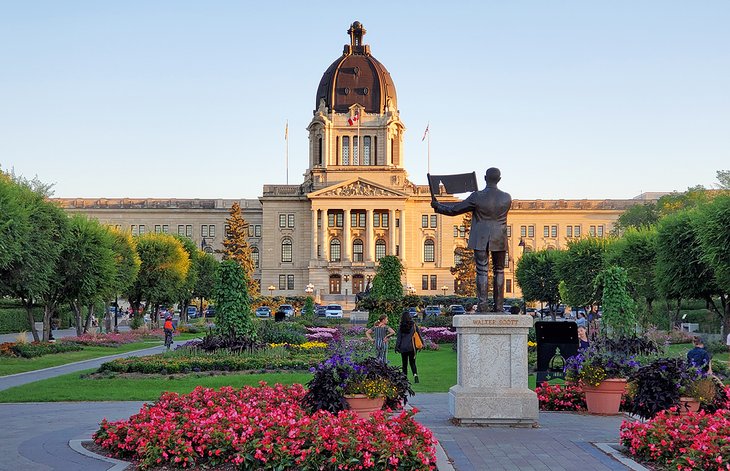
A cosmopolitan commercial and cultural center, Regina is the setting for many government and provincial institutions, some of which, like the Saskatchewan Legislative Building, can be visited. It enjoys economic prosperity, and boasts a number of arts and heritage attractions, including the illuminating Royal Saskatchewan Museum and Mackenzie Art Gallery near the parklands of Wascana Centre around Wascana Lake.
Parades and other military-tattoo-like events are a popular feature at the city's RCMP Heritage Centre, while exploring science is the order of the day at the Saskatchewan Science Centre.
Read More: Top-Rated Attractions & Things to Do in Regina
Accommodation: Where to Stay in Regina
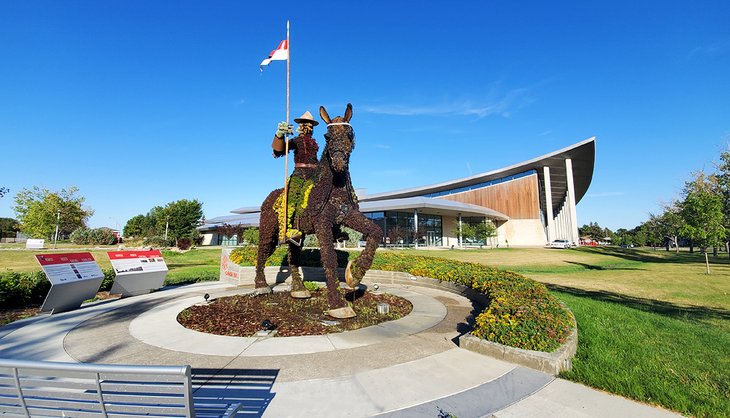
The RCMP Heritage Centre is the largest of its kind in Canada, with displays of equipment, weapons, photographs, and more. Both the Sergeant Major's Parade (held in the Parade Square, alternately in the Drill Hall in winter or bad weather) and the Sunset Retreat (summer) attract large crowds. The latter is a colorful flag ceremony involving a parade of recruits and a marching band, harking back to the tattoos of 18th- and 19th-century British military tradition.
Other fun things to do here include trying on related RCMP regalia, and joining an informative guided tour of the site.
Address: 5907 Dewdney Avenue, Regina, Saskatchewan
Official site: www.rcmpheritagecentre.com/
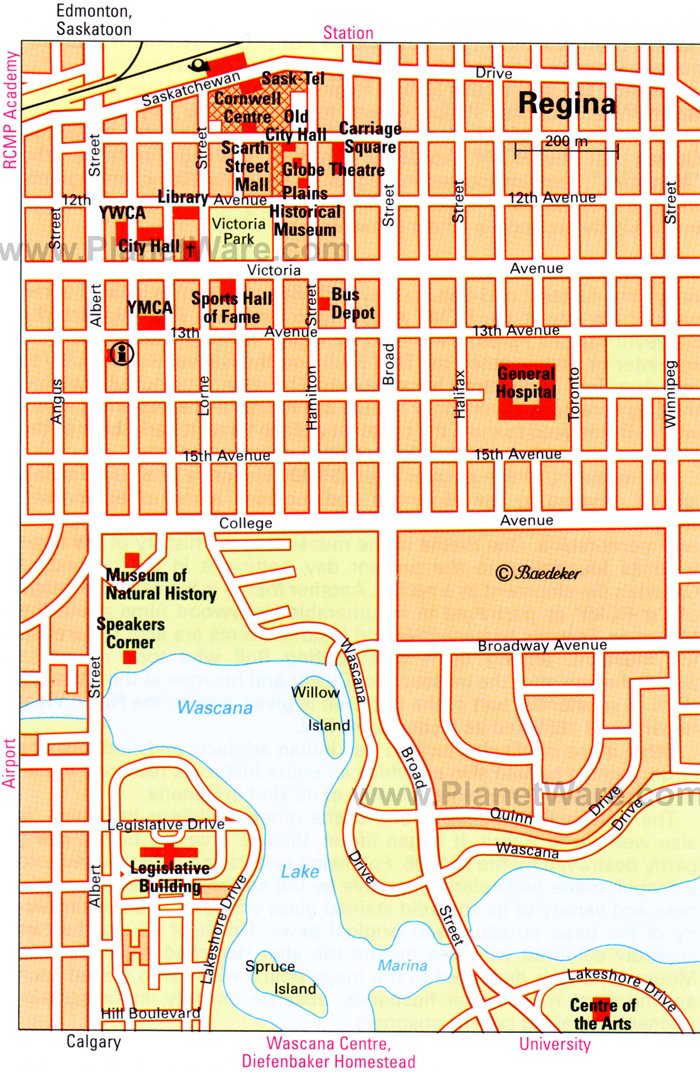
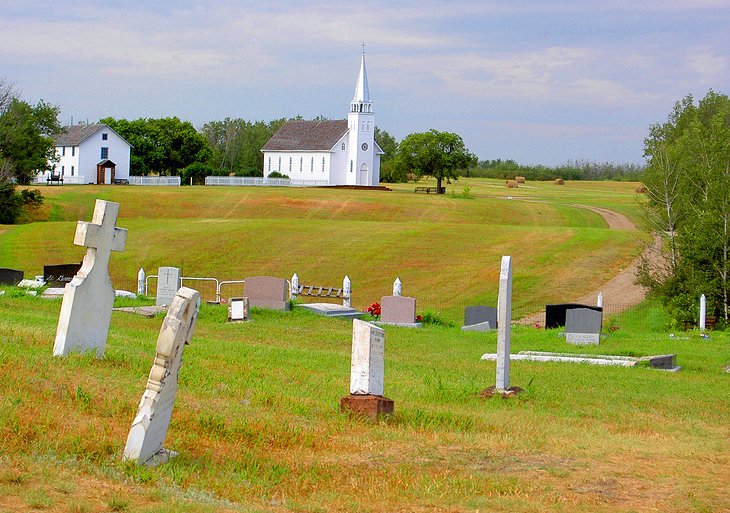
Batoche was the headquarters of the famous Métis, Louis Riel, during the 1885 Northwest Rebellion. It is also where the rebellion finally came to an end, following a decisive battle. Displays illustrate the way of life of the Métis, events leading up to the rebellion, and the battle of May 1885.
The presbytery, still showing shell and bullet-holes from the battle, and the Church of St. Antoine de Padoue (1883-84) are now excellent museums. The graves of Dumont and Letendre and a mass grave of fallen Métis can be found in the churchyard. There's a good shuttle bus service to get you around this sprawling site, and other fun things to do include renting a canoe and interacting with costumed guides.
Official site: www.pc.gc.ca/en/lhn-nhs/sk/batoche
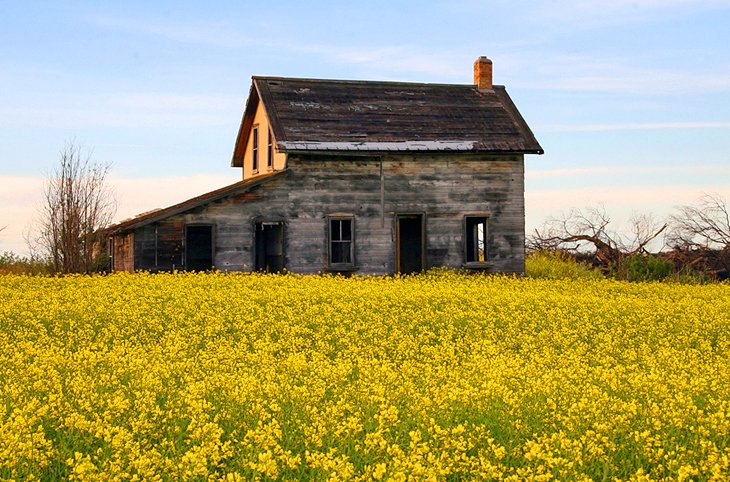
By following the Trans-Canada Highway as it runs across the prairies and fields of southern Saskatchewan, visitors can see a substantial part of the province. In the summer, the fields become a riot of color, with canola blooming a brilliant yellow and flax blossoming in a vibrant purple. Near Chaplin, the colorful fields vanish and are replaced with shallow lakes and blindingly white piles of salt.
When planning your route, it is best to start from the province's southeast border with Manitoba, and drive east-to-west along the Highway, which passes through the capital, Regina, Moose Jaw, and the town of Swift Current.
Detours can then be made either north or south to many other interesting places to visit that are easily accessible from the highway, places like Moose Mountain Provincial Park, Qu'Appelle Valley, and Cypress Hills Provincial Park. Plenty of opportunities for swimming, fishing, and hunting will be found along the way.
Note that Saskatchewan is sadly lacking in highway rest stops. Plan your bathroom breaks to coincide with the larger centers mentioned above.
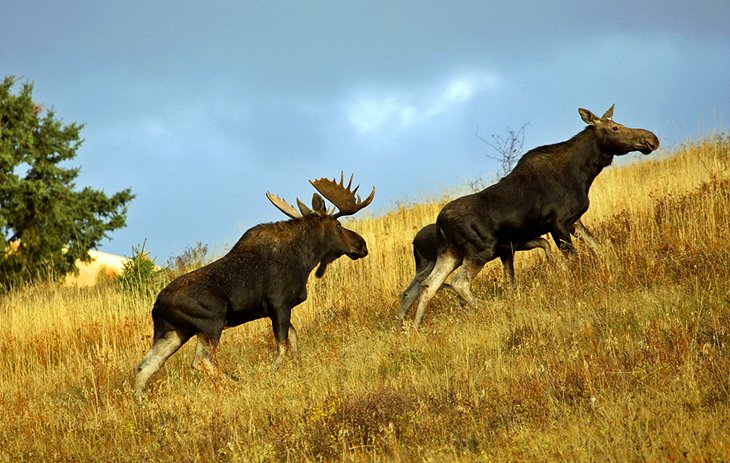
The highest point in Saskatchewan is in Cypress Hills, a vast tract of land in the province's southwest. The region encompasses premier outdoor attractions, including an inter-provincial park that straddles the Alberta-Saskatchewan border and Grasslands National Park, near the U.S. border.
The park is vast and offers a great opportunity to escape to nature. Take a hike and wander through the hills on your own, or pitch a tent in the campground. At night, build a crackling fire and gaze up at an unbelievably dark sky filled with a billion stars.
Though prehistoric sites in the Drumheller area of Alberta are better known, Saskatchewan's Eastend is home to the T.rex Discovery Centre and its full-size skeleton replicas are well worth a visit.
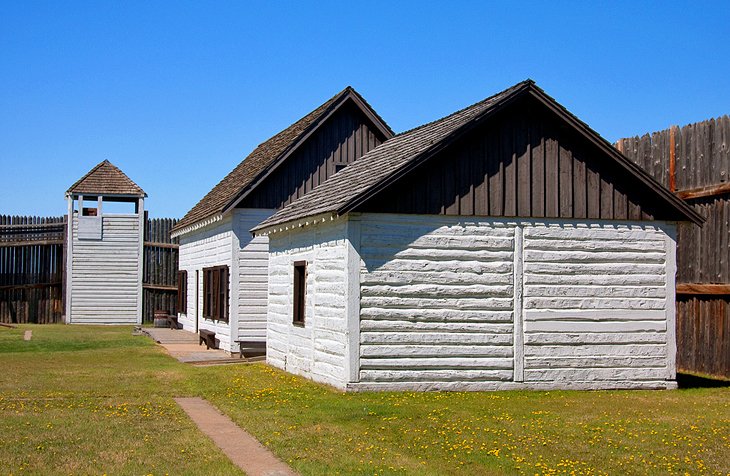
Fort Carlton was originally established as an outpost of the Hudson's Bay Company in 1795 to provide river patrols and provisions for fur traders, and remained in use until 1885. Rebuilt on the foundations of the third and final site on which the fort stood, the present rendition, while a replica of the original (it was built in 1967), offers a fascinating look at life during this period.
Take a canoe tour in summer, or wander the grounds to see the reconstructed fort, a Cree village, displays of hides, and various supplies.
Address: 212 Hwy, Duck Lake, Saskatchewan
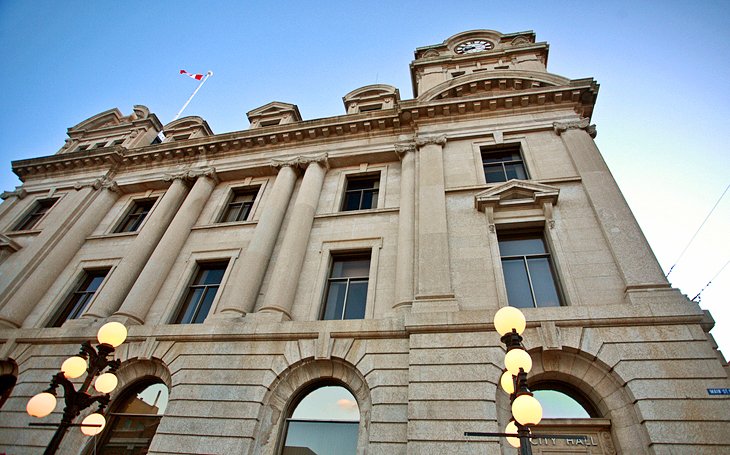
The "friendly city" of Moose Jaw sits at the meeting of the Moose Jaw River and Thunder Creek. The city's top attraction is The Tunnels of Moose Jaw, which remain from the days of the first Chinese immigrants. Today, costumed guides recreate characters from Moose Jaw history here. And then, of course, there's Mac the Moose, the giant moose sculpture that graces the grounds of the city's welcome center.
Another branch of Saskatchewan's Western Development Museums is located in Moose Jaw, focusing on the history of Prairie transportation. Other notable museums can be enjoyed in Saskatoon, North Battleford, and Yorkton.
Accommodation: Where to Stay in Moose Jaw
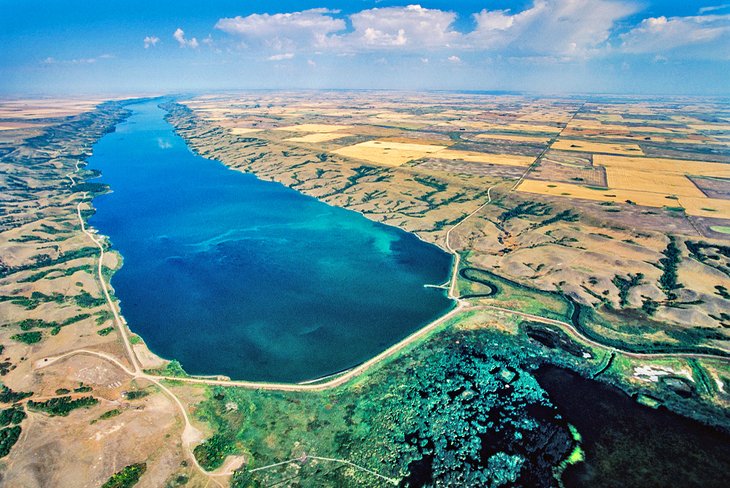
Extending along the Qu'Appelle River is a beautiful, steep-sided valley, carved out of the gently undulating prairie by glacial waters. It is a rich garden-style landscape, with eight lakes strung out along the valley creating unique ecosystems.
The Qu'Appelle Valley is one of Saskatchewan's most popular summer destinations, with three amazing parks to visit. Buffalo Pound Provincial Park, located in the western region, has a great swimming area, mountain bike trails, and camping. Nearby Echo Valley Provincial Park near Fort Qu'Appelle has two beaches on two lakes along with a lovely walking trail and camping opportunities. A bit farther east, Crooked Lake Provincial Park has a great campground featuring amazing waterfront sites, hiking trails, and a golf course nearby.
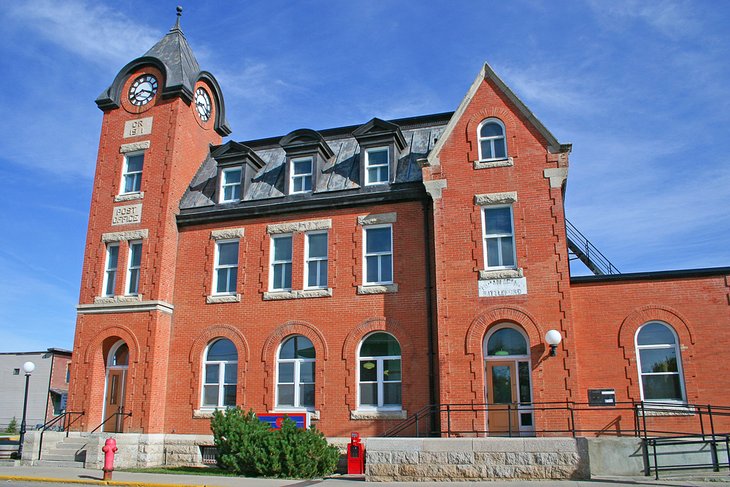
The Battlefords consist of two cities, North Battleford and Battleford, that are across the Saskatchewan River from one another. During the early settlement days, Battleford was an important Mounted Police post and the first seat of Northwest Territories government. Fort Battleford National Historic Site explores the past of the Mounties with exhibits in refurbished buildings.
The city's Western Development Museum puts agricultural history into practice with a farm and village. If you've got some time, consider a pleasant walk up to the top of King Hill for nice views out over the city and surrounding area.